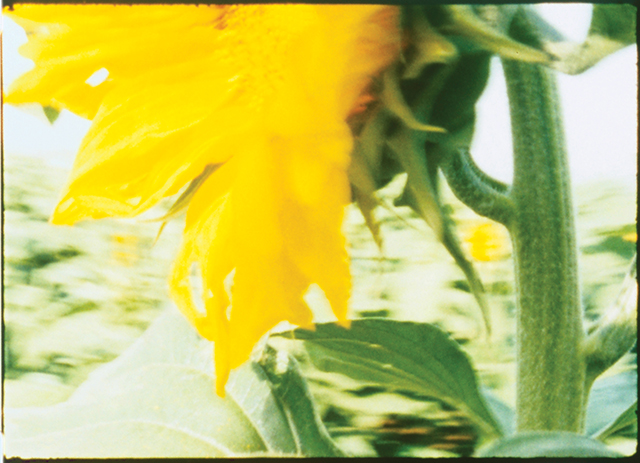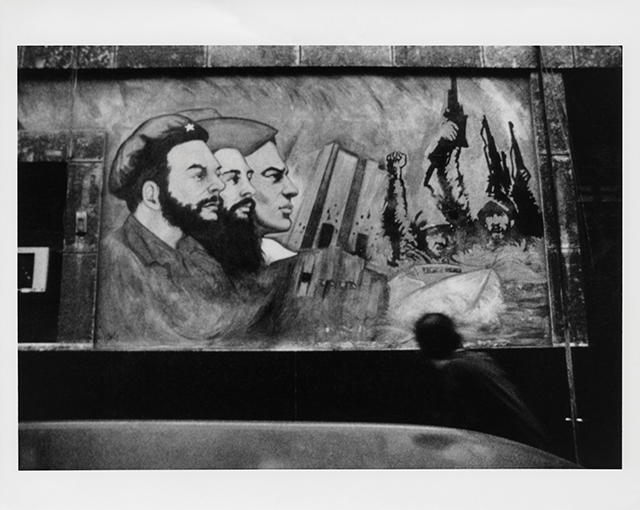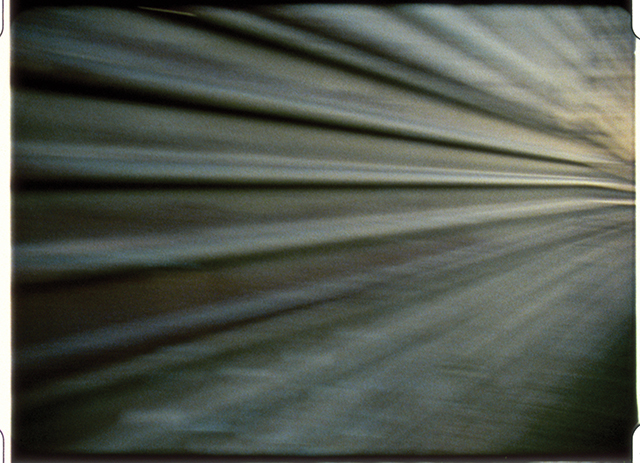Screening - Performance Robert Fenz / Wadada Leo Smith
The paths of Robert Fenz and trumpeter/composer Wadada Leo Smith (1941, Leland, Mississippi) crossed ways for the first time when Fenz decided to study musical improvisation at the California Institute of the Arts. The lessons he received from Leo Smith who teaches “African-American improvisation music” there still resonate today in the films of Robert Fenz. Smith’s influential ideas go beyond the strictly musical: what matters most is the creative and subjective exploration of connections between colour and rhythm, sound and space, texture and style. It’s a philosophy that he developped in the 1960s when, together with Anthony Braxton, Leroy Jenkins and other members of the ‘Association for the Advancement of Creative Musicians’ (AACM), he transferred the focus of the American Free Jazz to an outspoken intellectual research on music as language and system. Smith introduced at the time the concept of “rhythm units”, which would be later formalised as a graphic notation system known as the “Ankhrasmation”. “I was never interested in metrical or harmonic progression. I always looked at how you make music without all those things everybody has inherited.” It’s this singularity that has established him as one of the most respected musicians of his generation and has led to affinities with Cecil Taylor, Marion Brown and many others. With his unique, lyrical form of phrasing in which what can’t be heard is as important as what is heard, he has left an indelible and unmistakable mark on the jazz music of the past decades. This performance offers a unique chance to see him at work in one of his favourite settings, the combination of an orchestration of light with a new dimension of sound.


